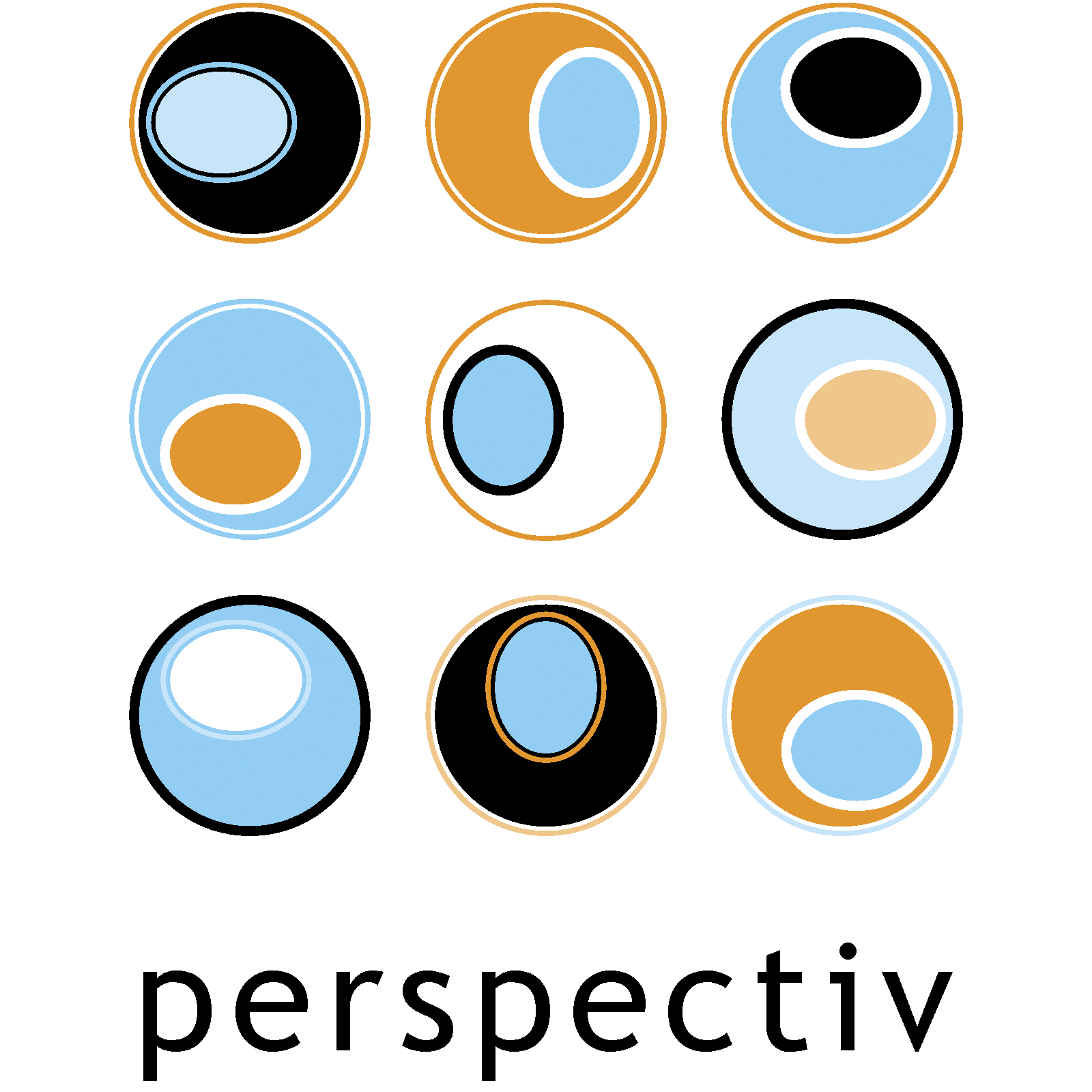Creativity, innovation, problem solving, change
Variations in language are often a block to people working together because over time, different disciplines and industries diverge in their use and meaning of the same terms. In the fields we work in – strategy, leadership, teams, creativity, problem solving, innovation and change, this is often a very early challenge that we need to address.
Our work with organisations typically starts by clarifying the needs required by asking about the desired outcomes, the problems, the people involved, the situation surrounding the task such as the history, priority and resources, and how typically this type of challenge would be addressed – what process or system might be used. We call this approach Task Appraisal.
There is a recurring challenges that we find early on during these Task Appraisals: a wide variety of uses and meanings attributed to words such as strategy, leadership, vision, teams, creativity, problem solving, innovation and change. This causes social and economic issues such as confusion, misunderstandings, inefficiencies and ultimately increased costs.
The terminology issue
‘The test of a first-rate intelligence is the ability to hold two opposing ideas in mind at the same time.’
– F. Scott Fitzgerald
In our approach to finding common ground on which to move forward productively, it is often a case of holding more than one (and often opposing) viewpoints in mind at one time. We sometimes refer to this as the need to be ‘ambidextrous’ or ‘Janusian’ after the Roman God Janus, who had to look in opposite directions at the same time.
For example, when we ask people to generate words to describe ‘creativity’, they often respond with words such as: new, divergent, exciting, wacky, artistic, advertising, music, art and unique. When we ask what words people associate with ‘problem solving’, they say: analysis, useful, focusing and overcoming difficulties. Most people acknowledge the tension between these two concepts – the newness and aspirational aspects of creativity contrasted with the more ‘here and now’, useful and reactive notion of problem solving.
Our Janusian approach has been to try and link this tension between newness and usefulness. Newness for its own sake is not necessarily useful, but put the two together and a powerful approach to many (most) situations becomes possible.
We accept that there probably are some differences, although we suspect many are socially situational, for example:
The ‘creative industries’ such as media, marketing, fashion and the arts tend to use the term ‘creativity’
The ‘heavier’ and more output-based industries such as manufacturing, business and commerce tend to use the term ‘innovation’
The term ‘problem solving’ tends to be used by engineers, the health service and many other professionals
The term ‘change’ is often used by those in human resources, learning and development and by consultants.
However, from a practical perspective we see the terms ‘change’ and ‘innovation’ as embracing the concepts of ‘creativity’ and ‘problem solving’ as they all closely relate to thinking style and they all involve the elements of newness and usefulness - at least to the creator.
Does the language of innovation need clarifying?
Innovation and other types of change, like many fields, are diverse with many points of view. Our research around the world across many industries and functions shows that:
Different industries and groups of people use different language to talk about creativity, innovation, problem solving and change
When people collaborate across multiple functions, industries and cultures, they often use the same words but mean different things and thereby end up in a muddle or face misunderstandings, tensions and conflict.
Our research shows that in practice: creativity, innovation, problem solving and change are predominantly the same. We appreciate that some people may flinch at this idea, but holding them all as effectively the same thing viewed from different contexts is not only a useful perspective but also means we can broaden and re-balance our language and approach to innovation, problem solving, creativity and change. This rich tapestry helps us extend the language, frame of mind and knowledge resources available to everyone involved with innovation.

